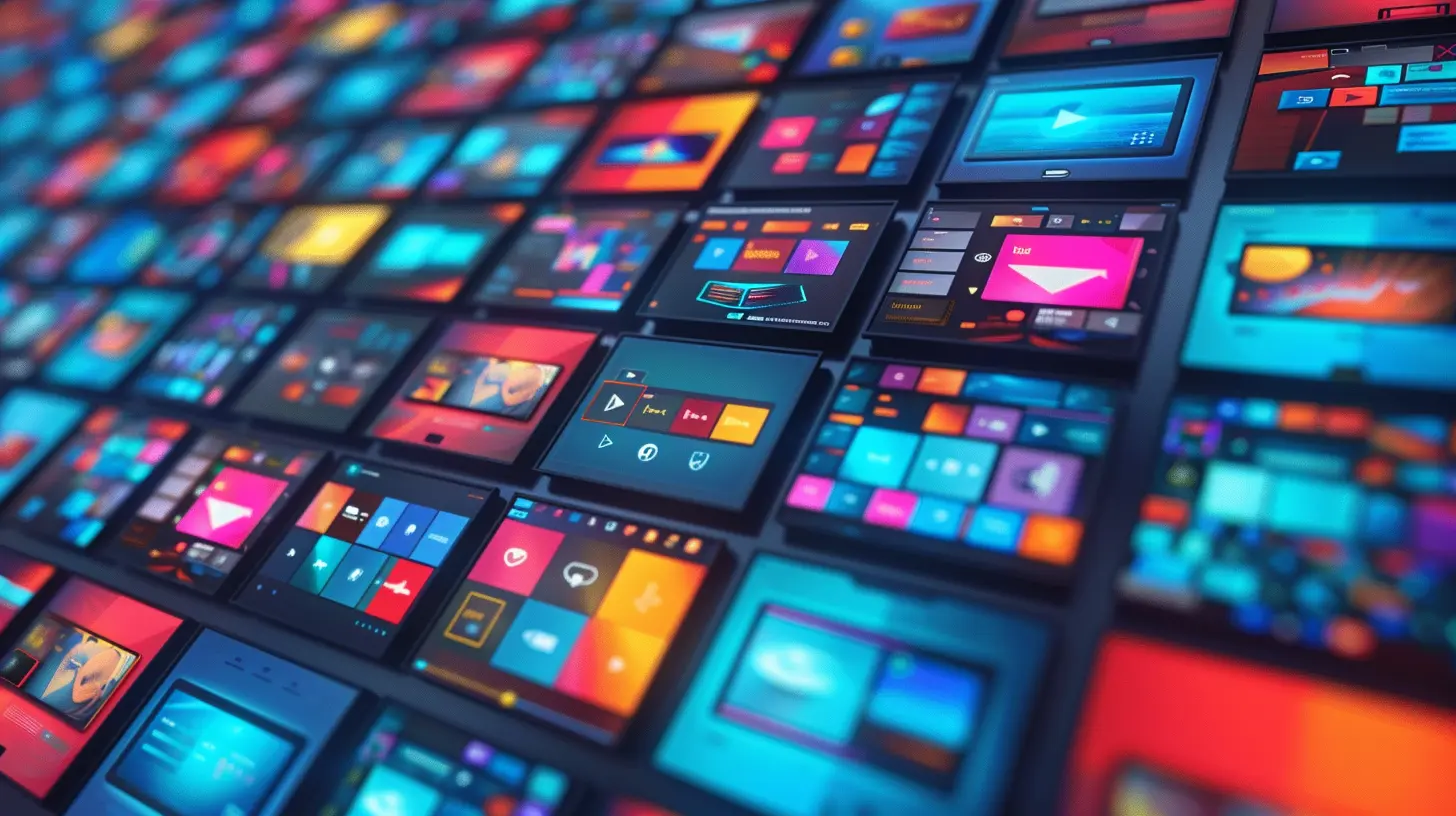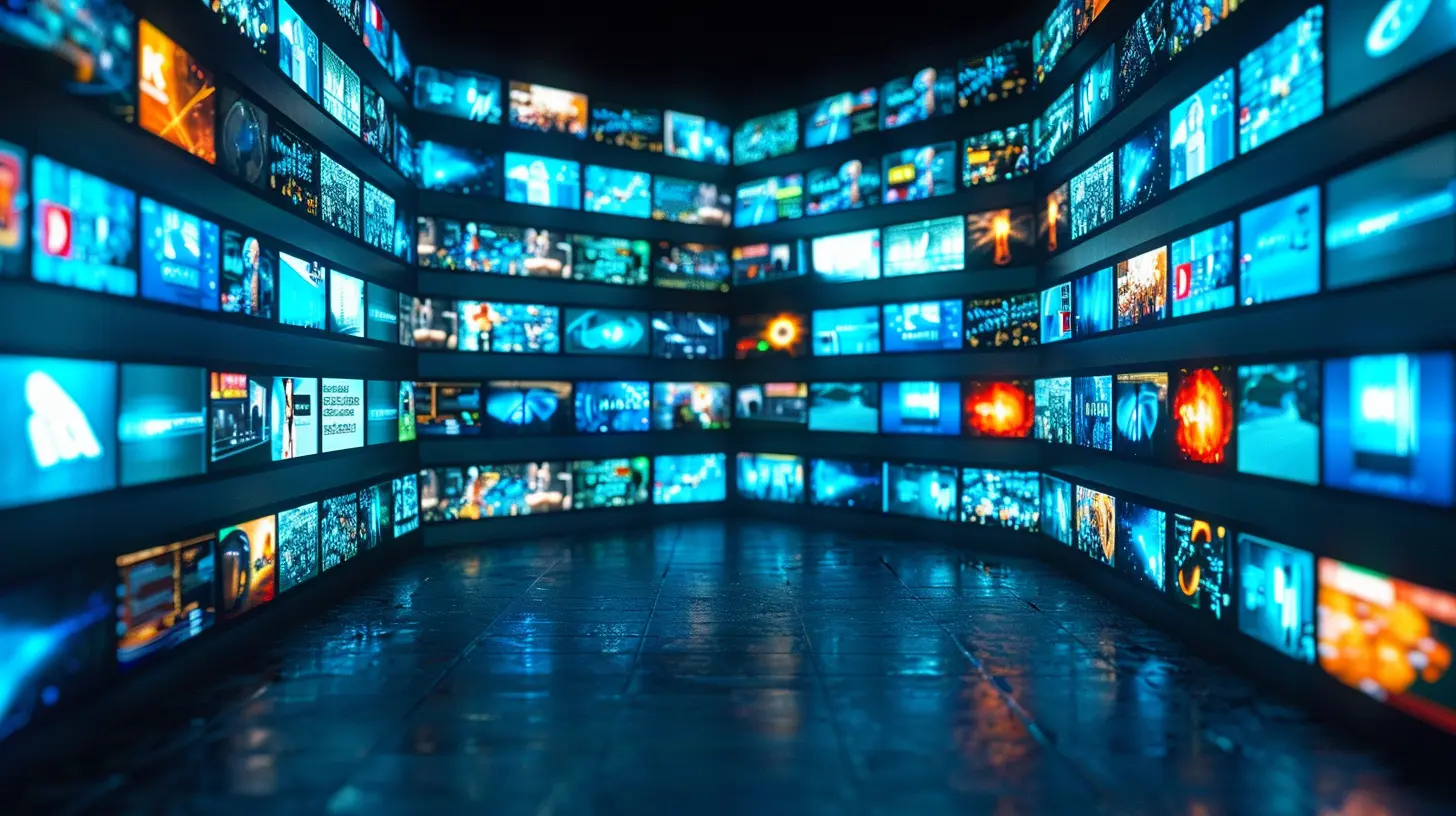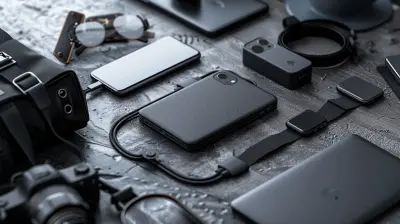How to Maximize Streaming Performance on Your Smart TV
5 September 2025
Streaming your favorite shows and movies on a smart TV should be a seamless experience. But if you're dealing with buffering, lag, or poor picture quality, the frustration can be real. The good news? There are plenty of ways to optimize your setup and get the most out of your streaming experience.
In this guide, we’ll walk you through practical steps to maximize streaming performance on your smart TV, ensuring smooth playback and the best possible picture quality.

1. Ensure a Fast and Stable Internet Connection
Check Your Internet Speed
One of the biggest culprits behind poor streaming performance is a slow internet connection. For smooth HD streaming, you need at least 10 Mbps. If you're watching in 4K, aim for 25 Mbps or higher.To check your speed, use a website like Fast.com or Speedtest.net. If your internet speed isn’t up to par, upgrading your plan might be necessary.
Use a Wired Ethernet Connection
Wi-Fi is great, but when it comes to stability, nothing beats a wired Ethernet connection. Plugging your smart TV directly into your router ensures minimal interference and a more stable connection—especially useful for 4K streaming.Optimize Your Wi-Fi Network
If a wired connection isn’t an option, improving your Wi-Fi setup can help:- Move Your Router Closer to the TV – Walls and furniture can weaken Wi-Fi signals.
- Upgrade to a Dual-Band or Mesh Router – A 5GHz band is faster for streaming.
- Limit Other Devices – Too many connected devices can slow things down.

2. Adjust Your Streaming App Settings
Many streaming apps have quality settings that adjust automatically. But sometimes, these settings aren’t optimized for the best experience.Set the Highest Available Quality
Go into your streaming app’s settings and manually select the highest resolution available. Some apps default to lower-quality video to save bandwidth, even when fast internet is available.Turn Off Bandwidth-Saving Modes
Certain apps (like Netflix or YouTube) have a data saver mode that reduces quality. If you’re on unlimited internet, switch this off to ensure the best picture quality.
3. Keep Your Smart TV Updated
Update the TV Firmware
TV manufacturers release software updates that fix bugs, improve performance, and enhance streaming compatibility. Go to your TV’s settings and check for updates regularly. If auto-update is an option, enable it.Update Streaming Apps
Outdated apps can cause lag and buffering. Visit the app store on your TV and update all your streaming apps to the latest versions. This ensures compatibility with new content delivery technology.
4. Use a Streaming Device for Better Performance
While most smart TVs have built-in streaming apps, they don’t always offer the best performance. External streaming devices like Roku, Amazon Fire Stick, Apple TV, or NVIDIA Shield often have more processing power, better connectivity, and smoother interfaces.If your TV struggles with app responsiveness or buffering, investing in a dedicated streaming device could be the game-changer you need.
5. Clear Cache and Remove Unused Apps
Just like smartphones and computers, smart TVs collect cache and background data that can slow down performance over time.How to Clear Cache on a Smart TV
The process varies depending on the brand, but generally, you can follow these steps:1. Go to Settings on your TV.
2. Navigate to Apps or Storage.
3. Select the streaming app and choose Clear Cache.
Doing this every few weeks prevents your TV from slowing down due to unnecessary stored data.
Also, uninstall apps you don’t use. Many smart TVs come with pre-installed apps that take up space and run in the background. Removing them can free up resources for faster streaming.
6. Adjust TV Picture Settings for Better Performance
Use the “Game” or “Performance” Mode
Most modern TVs have different display modes. Game Mode or Performance Mode reduces processing delays, making video playback smoother.Turn Off Motion Smoothing
Motion smoothing (also called “interpolation” or "motion enhancement") can make movies look unnatural and can sometimes cause lag. Disabling it can lead to a more natural viewing experience.Adjust Brightness and Contrast
Higher brightness levels can sometimes affect performance. Adjusting contrast, sharpness, and brightness to optimized levels can create a sharper picture without additional processing strain.7. Prevent ISP Throttling
Use a VPN for Unrestricted Speed
Some Internet Service Providers (ISPs) throttle streaming services during peak hours. Using a good VPN (such as ExpressVPN or NordVPN) can help bypass throttling and maintain fast speeds.Just make sure the VPN provider offers high-speed servers, as a poor VPN can actually slow down your streaming.
8. Restart Your TV and Router Periodically
Power Cycle Your TV
Sometimes, all your smart TV needs is a good old-fashioned restart. Turning it off and back on clears temporary data and refreshes system memory.Reboot Your Router
If you’ve been experiencing slow speeds, restart your router every couple of weeks. This clears accumulated errors and refreshes your internet connection, leading to better performance.9. Choose the Best Streaming Service for Your Internet
Not all streaming platforms are created equal when it comes to buffering and speed. Some services compress content better than others, requiring less bandwidth for high-quality video.For example, Netflix and Disney+ tend to have better optimization compared to some regional streaming providers. If a certain platform constantly buffers while others don’t, the issue might be with the service itself—not your internet.
10. Schedule Streaming During Off-Peak Hours
If you notice major buffering in the evening, congestion on your ISP’s network could be the issue. Streaming late at night or early in the morning, when fewer people are online, can result in much smoother playback.Final Thoughts
Nobody likes dealing with buffering or low-quality video while trying to enjoy a movie night. But with the right tweaks—like optimizing your Wi-Fi, using a wired connection, upgrading your router, or adjusting your TV settings—you can significantly maximize streaming performance on your smart TV.Try out these tips and say goodbye to annoying interruptions. Happy streaming!
all images in this post were generated using AI tools
Category:
Smart TvsAuthor:

Jerry Graham
Discussion
rate this article
1 comments
Nyxaris McCarron
Great insights! Optimizing network settings and using Ethernet connections can significantly enhance streaming quality. Additionally, regularly updating firmware and managing background apps will ensure a smoother viewing experience. These tips are essential for any smart TV user!
September 10, 2025 at 4:50 AM


